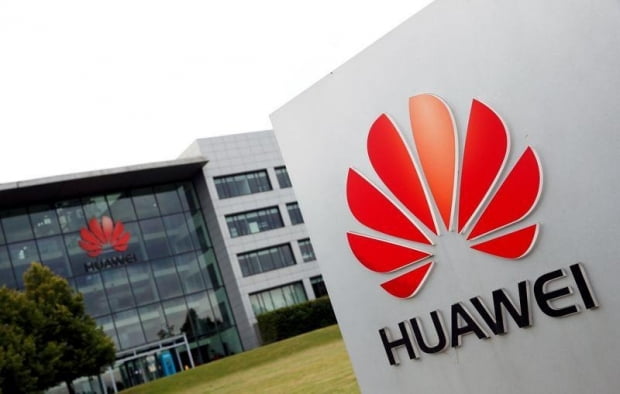
Huawei office building. Photo = Reuters
It was found that Huawei’s vacancy in the global smartphone market last year was occupied by Chinese companies such as Xiaomi and Oppo, not Samsung Electronics.
According to market research firm Counterpoint Research on the 4th, Huawei’s market share in the European smartphone market last year fell 7 percentage points from the previous year to 12%, while Xiaomi’s market share rose 7 percentage points to 14%.
Counterpoint said, “Xiaomi has succeeded in becoming the third largest operator in Europe, with a 90% increase in shipments, mainly in Spain and Italy.” Chinese company Oppo also succeeded in increasing its market share from 2% to 4%, with shipments growing 82%. Real Me’s shipments increased from 100,000 units in 2019 to 1.6 million units in 2020, more than tenfold.
During the same period, Samsung Electronics’ share of No. 1 Samsung Electronics increased from 31% in the previous year to 32% in 2020, and Apple’s share in No. 2 increased from 19% in the previous year to 22% in 2020. As the European smartphone market decreased by 14% due to the impact of Corona 19 last year, the share of these companies increased, but shipments decreased by 12% and 1%, respectively.
When Huawei was hit by US sanctions, there was an expectation that Samsung Electronics’ mid-to-low-end phones would receive a reflective profit, but it is interpreted that a Chinese company gained a reflective profit.
In addition to Europe, other Chinese companies are emerging instead of Huawei in Southeast Asia and South America, where Huawei was relatively strong with cost-performance.
As of the third quarter of last year, Oppo (20%) ranked first in the market share of four Southeast Asian countries, including Indonesia, Thailand, the Philippines, and Vietnam, and Samsung Electronics ranked second with a market share of 19%. Xiaomi ranked third in the South American smartphone market in the fourth quarter of last year with 6.7% market share instead of Huawei. Xiaomi shipments increased 98% compared to the previous year. Samsung Electronics ranked first with 36.9% market share in the region, and Motorola ranked second with 18.4%.
Vivo is also expanding its influence in Eastern Europe such as the Czech Republic, Romania, and Ukraine, aiming to enter the top 5 in the European market.
Xiaomi is expected to enter the third place in the global smartphone market this year after Samsung Electronics and Apple.
In Korea, it is also expected to carry out aggressive marketing aimed at LG Electronics’ blank space where business withdrawal is likely. Xiaomi recently completed the certification of the Hongmi Note 10 by the National Radio Research Institute and is preparing to launch it in Korea. The Hongmi Note 10 is expected to support a 120Hz refresh rate and have four rear cameras. The price range is expected to be around 300,000 won.
The demand for Xiaomi smartphones is not high due to the low preference of Chinese brands by domestic consumers, but Xiaomi is steadily releasing domestic smartphones and seeing opportunities.
Samsung Electronics plans to expand its market share by releasing the mid-to-low priced phones Galaxy A32 in Europe first, and Galaxy A52 and Galaxy A72 in major countries in the first half of the year. These mid- to low-end phones have significantly expanded premium features such as 90Hz refresh rate, optical image stabilization (OIS), and IP67 waterproof and dustproof functions.
Reporter Joara Hankyung.com [email protected]
